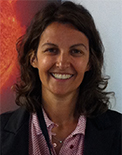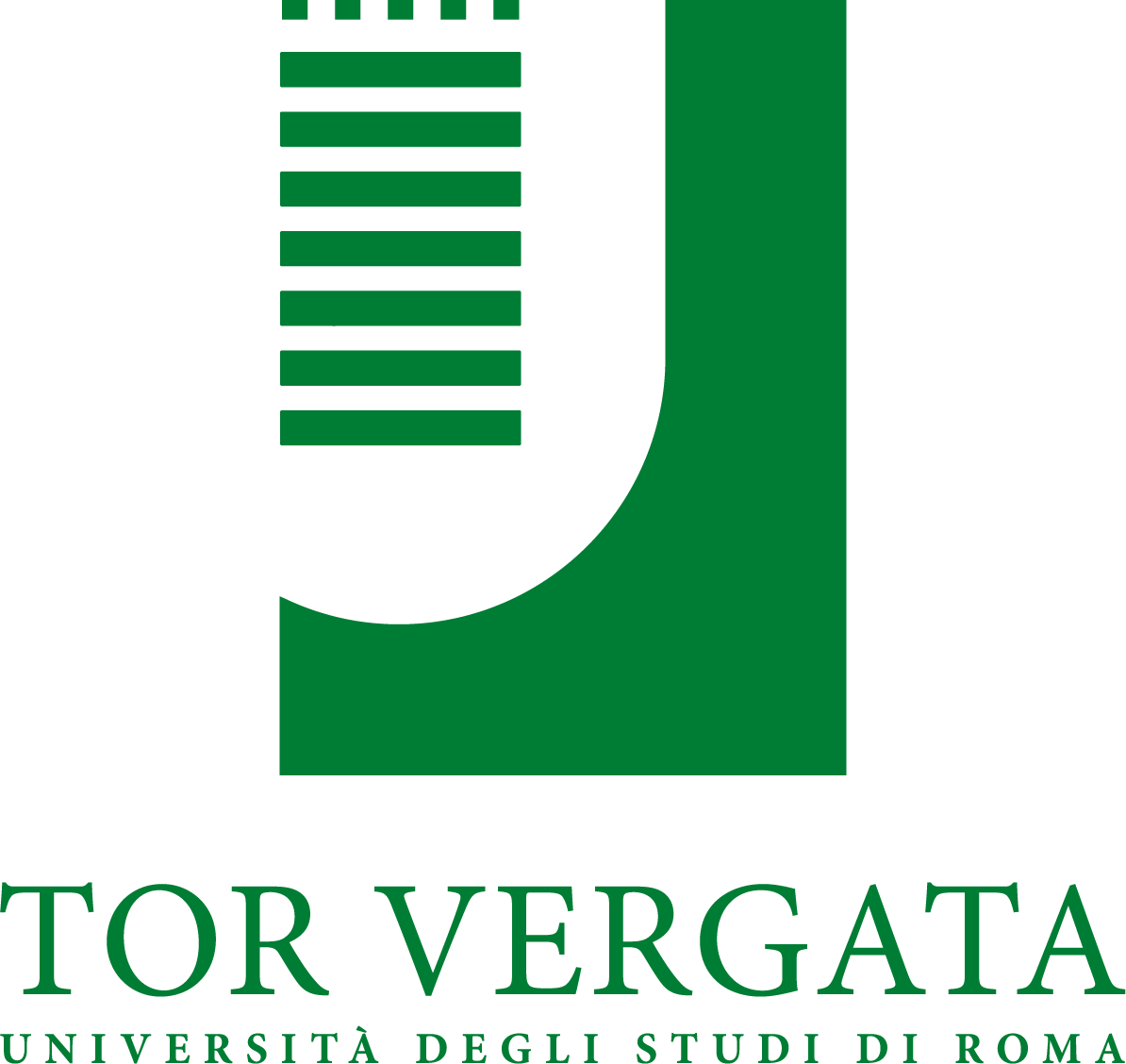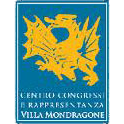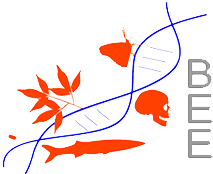Curriculum Vitae
1992- Degree with honors in Biological Sciences, University of Rome La Sapienza
1996- PhD in Cellular and Molecular Biology, University of Rome Tor Vergata
1999- Specialization in Biotechnological Applications, University of Rome Tor Vergata
1997-1998 Visiting Scientist, Department of Biological Science, Florida State University (Tallahassee, FL, USA)
1998-2000 Research Associate, Department of Biochemistry and Virginia Tech Center for Genomics, Virginia Tech (Blacksburg, VA, USA)
2000 – 2016 Researcher, Department of Biology, University of Rome “Tor Vergata”
2012 – National Scientific Qualification as Full Professor of Botany
2016 Associate Professor, Department of Biology, University of Rome “Tor Vergata”
Research activity
Research topics are the ecophysiology, genetic diversity and molecular biology of cyanobacteria from extreme environments, such as hot and cold deserts and Antarctic sub-glacial lakes.
Researches aim at deciphering the cellular and molecular basis of cyanobacterial adaptation to extreme conditions on Earth but also to space and Martian simulated conditions.
She is leading experiments on cyanobacteria exposed to low Earth orbit conditions outside the International Space Station (EXPOSE-R2 mission). The aim is to investigate the endurance of life, identify biosignatures to search for life on Mars; research deals also with the use of cyanobacteria to develop life-support systems for human outposts on the Moon and on Mars.
Since 2015 she has the intellectual and scientific responsibility of about 200 cyanobactaerial of the genus Chroococcidiopsis isolated from hot and cold deserts, part of the Culture Collection of Microorganisms from Extreme Environments (CCMEE) established by E. Imre Friedmann.
Financial support (last 5 years)
2015- present ESA AO 2013-Concordia: BACFINDER project: Exploration of the microbial diversity within the vicinity of the Concordia Antarctic Station: a guided study on the distribution of environmental and human-associated microorganisms with the attempt to isolate novel extremophiles for future astrobiological investigations (Science Team Member).
2015- ESA-ILRSA2014 BIOSIGNS: BIO-SIgnatures and habitable Niches (Science Team Member).
2014-2016: PNRA2013/AZ1.17: Biodiversità e distribuzione delle comunità epi-endolitiche per studiare i limiti della vita nella Terra Vittoria in Antartide (PI research unit)
2013-1016: ASI BOSS_Cyano project in the frame of the ESA-ILRSA2009 project “Biofilm Organisms Surfing Space” (PI)
2013-1016: ASI BIOMEX_Cyano project in the frame of the ESA-ILRSA2009 project “Biology and Mars Experiment” (PI)
2013-215: DLR-HIMAC project: Intercomparison study of astrobiological model systems in their response to major components of the galactic cosmic radiation” STARLIFE (Science Team Member)
2011-2013: Italian Minister of Foreign Affairs – Selected Significant Bilateral Project (USA, NASA) “Cyanobacteria from extreme deserts to space” (Italian coordinator)
2008-2010: Italian Minister of Foreign Affairs – Selected Significant Bilateral Project (USA, NASA) “Development of a gene space cargo” (Italian coordinator)
2011-PNRA2009/A1.01 Extremofiles in sub-glacial Lakes (PI)
Pubblications (last 5 years)
1 Verseux C, Paulino-Lima IG, Baqué M, Billi D, Rothschild LJ (in press 2016) Synthetic Biology for Space Exploration: Promises and Societal Implications. In: Ambivalences of Creating Life. Societal and Philosophical Dimensions of Synthetic Biology eds: Hagen K, Engelhard M, Toepfer G). Series Ethics of Science and Technology Assessment, Springer, Heidelberg.
2 Rizzo V, Farias ME, Cantasano N, Billi D, Contreras M, Pontenani F, Bianciardi G. 2015. Structures/textures of living/fossil microbialites and their implications in biogenicity. An astrobiological point of view. Applied Cell Biology 4: 65-82.
3 Baqué M, Verseux C, Böttger U, Rabbow E, de Vera J-P, Billi D. 2015. Preservation of biomarkers from cyanobacteria mixed with Mars-like regolith under simulated Martian atmosphere and UV flux Origin of life and evolution of Biospheres (in press)
4 Verseux C, Baqué M, Lehto K, de Vera J-P, Rothschild LJ, Billi D. 2015. Sustainable life support on Mars – the potential roles of cyanobacteria. International Journal of Astrobiology (in press)
5 Claudi R, Erculiani MS, Galletta G, Billi D, Pace E, Schierano D, Giro E, D’Alessandro M. 2015. Simulating super Earth atmospheres in the laboratory. International Journal of Astrobiology, 10 in press
6 Billi D, Berlingeri A, Balbi A, Catena LM. 2014. Hands-On space experiments: Out-of-School astrobiology activities at the University of Rome Tor Vergata. J. Astrobiology & Outreach 2:3.
7 Baqué M, Verseux C, Rabbow E, de Vera J-P, Billi D. 2014. Detection of macromolecules in desert cyanobacteria mixed with a lunar mineral analogue after space simulations. Origin of life and evolution of Biospheres 44:209–22.
8 Smith HD, Baqué M, Duncan AG, Lloyd CR, McKay CP, Billi D. 2014. Comparative analysis of cyanobacteria inhabiting rocks with different light transmittance in the Mojave Desert: a Mars terrestrial analogue. Int. J. Astrobiology, 13: 271-277.
9 Billi D, Baqué M, Smith D.H, C.P. McKay. 2013. Cyanobacteria from extreme deserts to space. Advances in Microbiology 3:-80-86
10 Baqué M, Scalzi G, Rabbow E, Rettberg P, Billi D. 2013. Biofilm and planktonic lifestyles differently support the resistance of the desert cyanobacterium Chroococcidiopsis under space and Martian simulations. Origin of Life and Evolution of Biospheres 3:377-89.
11 Baqué M, de Vera J-P, Rettberg P, Billi D. 2013. The BOSS and BIOMEX space experiments on the EXPOSE-R2 mission: endurance of the desert cyanobacterium Chroococcidiopsis under simulated space vacuum, Martian atmosphere, UVC radiation and temperature extremes. Acta Astronautica 91:180–186.
12 Tashyreva D, Elster J, Billi D. 2013. Multiparameter assessment of cell heterogeneity in Phormidium populations (Cyanobacteria) employing fluorescent dyes. PLoS ONE 8(2): e55283
13 Baqué M, Viaggiu E, Scalzi G, Billi D. 2013. Endurance of the endolithic desert cyanobacterium Chroococcidiopsis under UVC radiation. Extremophiles 17:161-169 doi: 10.1007/s00792-012-0505-5
14 Zammit G, Billi D, Albertano P. 2012. The subaerophytic cyanobacterium Oculatella subterranea (Oscillatoriales, Cyanophyceae) gen. et sp. nov: a cytomorphological and molecular description. European Journal of Phycology 47:341-354
15 Billi D. 2012. Plasmid stability in dried cells of the desert cyanobacterium Chroococcidiopsis and its potential for GFP imaging of survivors on Earth and in space. Origin of Life and Evolution of Biospheres 42, 235-245
16 de Vera J-P, Boettger U, de la Torre R, Sánchez FJ, Grunow D, Schmitz N, Lange C, Hüber H-W, Billi D et al. 2012. Supporting Mars exploration: BIOMEX in Low Earth Orbit and further astrobiological studies on the Moon using Raman and PanCam technology. Planetary and Space Science 74:103–110
17 Stivaletta N, Barbieri R, Billi D. 2012. Microbial colonization of the salt deposits in the driest place of the Atacama Desert (Chile). Origin of life and evolution of Biospheres 42:143-52
18 Billi D. 2012. Anhydrobiotic Rock-Inhabiting Cyanobacteria: Potential for Astrobiology and Biotechnology. In: Adaptation of Microbial Life to Environmental Extremes: Novel Research Results and Application (eds Stan-Lotter H, Fendrihan F) Springer Wien-New York, pp 119-132. ISBN 978-3-211-99690-4
19 Zammit G, Billi D, Shubert E, Kaštovský J, Albertano P. 2011. The biodiversity of subaerophytic phototrophic biofilms from Maltese hypogea. Fottea 11:187–201.
20 Billi D, Viaggiu E, Cockell CS, Rabbow E, Horneck G, Onofri S. 2011. Damage escape and repair in dried Chroococcidiopsis spp. from hot and cold deserts exposed to simulated space and Martian conditions. Astrobiology 11:65-73.
Research group and contact
Daniela Billi – Researcher billi@uniroma2.it, +39-067954341
Cyprien Verseux – PhD Student cyprien.verseux@gmail.com
Claudia Fagliarone – PhD student claudia.fagliarone@hotmail.it






Università di Tor Vergata